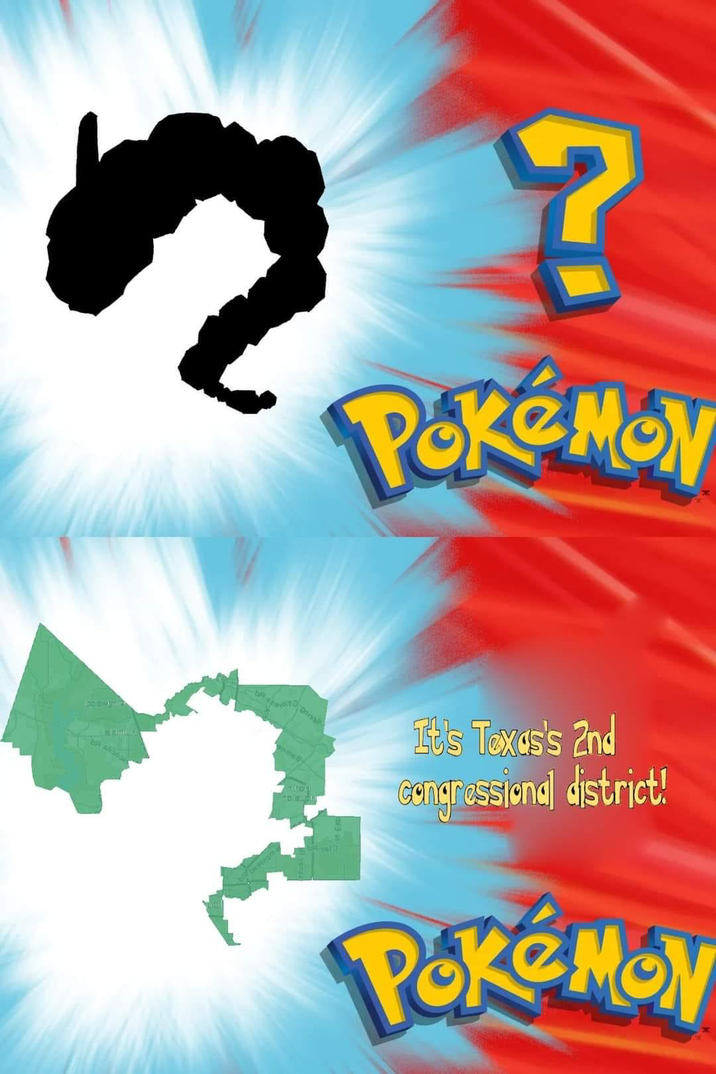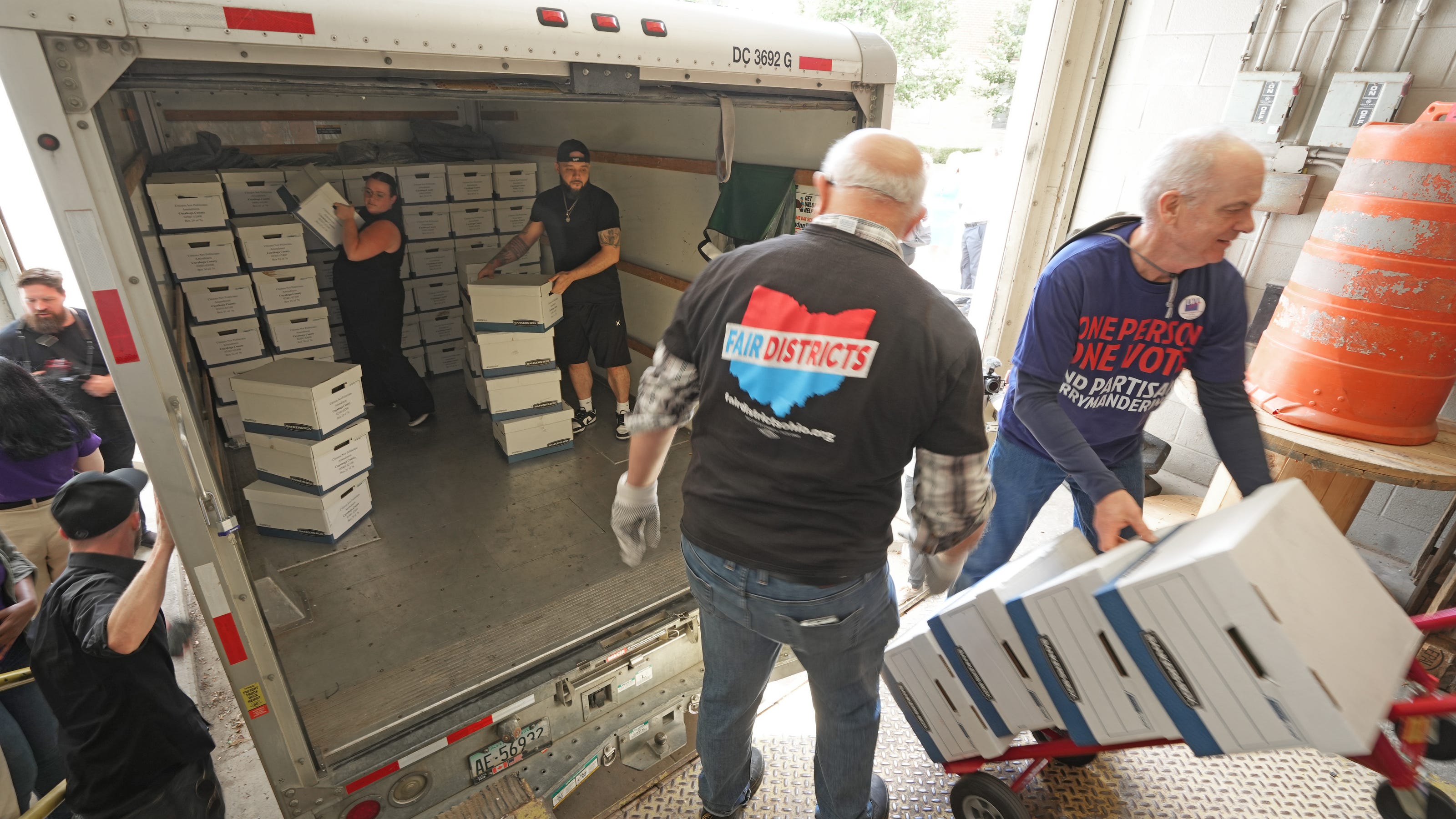proportional representation solves a lot of problems with these districts
To the politicians the idea of having proportional districts without taking into account demographics seems anathema. If they can’t control who you elect in the district how can they remain in power? They can’t.

That alternative would replace Ohio’s current system for drawing congressional and legislative maps, which relies on elected officials, with a 15-member panel of Ohioans without close ties to politics.
Honestly, I feel like if districts are gonna be drawn, it’d make more sense to just choose some algorithm and have a computer do it.
Like, if you want to have non-partisan oversight of the algorithm selection, great, but I’m not at all sold that partitioning up the election map requires anything beyond a simple, mechanical process.
reads further
Fed up with politicians manipulating maps to ensure reelection, a crowd of Ohio voters took a key step toward offering a redistricting alternative on the November ballot.
The commission would draw maps that “correspond closely to statewide partisan preferences of the voters of Ohio.” Unlike redistricting proposals approved in 2015 and 2018, this requirement is explicit and mandatory.
If you divide up electoral districts to try to clump similar voters, you kind of guarantee that you’re ensuring re-election. In fact, from past reading, that’s what gerrymandering tends to do. It isn’t primarily that politicians try to get an edge overall. It’s that they try to ensure that they have safe seats without serious competition.
kagis
Yeah.
https://news.harvard.edu/gazette/story/2023/07/biggest-problem-with-gerrymandering/
Biggest problem with gerrymandering
Researchers found tactic, widely used in 2020, made little difference in partisan numbers but yielded safe seats, less-responsive representatives
Basically, what gerrymanderers principally aim to do is to reduce how much a politician in an electoral district tends to need to care about what their electorate wants, by eliminating realistic challengers.
Honestly, I feel like if districts are gonna be drawn, it’d make more sense to just choose some algorithm and have a computer do it.
I’ve thought about this exactly. Here’s my idea.
Crowd source the algorithm every X years. Anybody with basic skills in map making and programming can submit a candidate algorithm. Candidates are scored by…
A) how well they evenly distribute the population across districts (eg +X points for every extra person a district has above a perfectly even distribution), and…
B) how simple the districts are (eg. +Y points for every corner each district boundary has.), which would prevent any kind of gerrymandering.
Lowest score with above example points system wins. Winner gets to have their name on any ballots used while the districts chosen by the algorithm are used. Or something. 🤷
Honestly, I feel like if districts are gonna be drawn, it’d make more sense to just choose some algorithm and have a computer do it.
Like, if you want to have non-partisan oversight of the algorithm selection, great, but I’m not at all sold that partitioning up the election map requires anything beyond a simple, mechanical process.
Agreeing on the algo, its params, etc. is going to just be another never-ending fight. It now also requires teaching any oversight committee about all of this. Even if it were left to some “non-partisan” (I’ll believe it when I see it) engineer, each successive government would just replace the algo and/or engineer.
In my opinion, an algo should be legislated with its implementation forced, but I’m not holding my breath.
I feel like a big part of how districts are drawn should involve asking the people which areas are important to them.
It would definitely have to involve some algorithms to sort out and keep the populations roughly equal.
But in general, I kind of envision a system where maybe every 5 or 10 years or so you’d sit down in front of a computer, maybe on election day, or when you renew your driver’s license, or something like that, and you’re presented with a map of your county and the ones that surround it. You select all of the places you live, work, shop, drive through regularly, or otherwise spend most of your time or have particular interests in or concerns about
The computer then draws a district around as many of those points as possible, keeping the population fas even as possible even, and snapping the borders to obvious places- city and county borders, rivers, school districts, major roads, etc.
Then it averages them together into maps that more accurately reflect where the people in those districts actually spend their time.
Pretty big undertaking on the software side, we’d run into the same kinds of issues we do with voting of how to get people to actually show up and fill in their maps, but if we could implement it, to me that seems like the best way to actually draw districts that make sense.
Because I know when I look at the district map where I live, I see a lot of areas included that I have absolutely no connection with, I don’t live there, work there, drive through there, go shopping there, know anyone who lives there, and in general if they burned to the ground today I probably wouldn’t notice for a year or longer, and then there’s other areas where I do spend a lot of time and have other connections to that are not part of my district.





